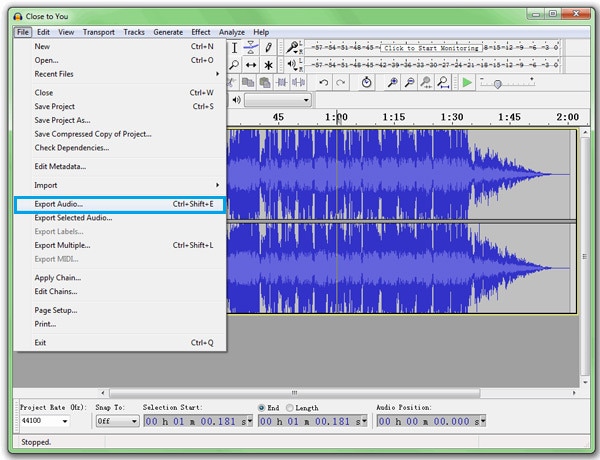
When writing a spoken language such as English there is not much room for ambiguity in how you represent each word – you either spell a word correctly so that it can be understood, or you dot’n, and it ins’t.

Unfortunately, things are rarely as straightforward as they may appear! “Fabulous!” we all thought back in 1989 when we witnessed our improvised keyboard noodles being instantly converted into notation, “No more spending hours with pen and expensive manuscript paper writing out parts for ‘the talent’ to perform”. Cubase has been able to convert MIDI recordings into such notation, as well as allow the user to enter music in notated form that can then be played as MIDI notes, ever since the very first version. All rights reserved.Printed music, notation, scoring, ‘the dots’ – call it what you will, this method of representing music in a visual form has existed for hundreds of years, and remains the principal written language of music.

In the File name box, type the name for the new.When the score is finished playing, re-activate Sound Recorder, and then click the stop button.Activate Power Tab Editor, and then click play.Click the record button in Sound Recorder.Open up Sound Recorder: Click Start, point to Programs, Accessories, Entertainment, and then click Sound Recorder.Open up Power Tab Editor and load the score you want to convert to a.wav file using the Windows XP Sound Recorder.

This article details the steps required to convert a Power Tab score to a. wav recorder that comes pre-installed with Windows. If not, then you'll have to use Sound Recorder, the. If you've got a decent sound card, it should come with a.

There is no export feature within Power Tab that will convert a score directly to a. (.wav) Digital audio files can be converted to mp3, or burned to a CD, making it possible to listen to a Power Tab score in an external player or system. This article demonstrates how to convert a Power Tab score to a digital audio file. HOWTO: Convert Power Tab Scores To Digital Audio (.wav) Article ID:


 0 kommentar(er)
0 kommentar(er)
